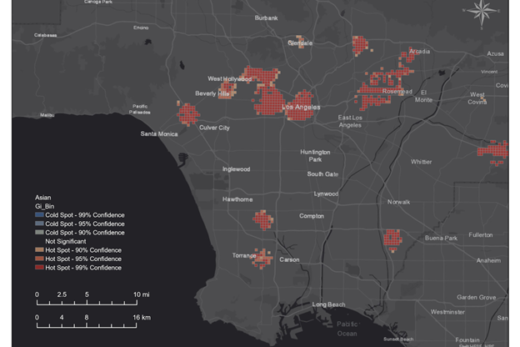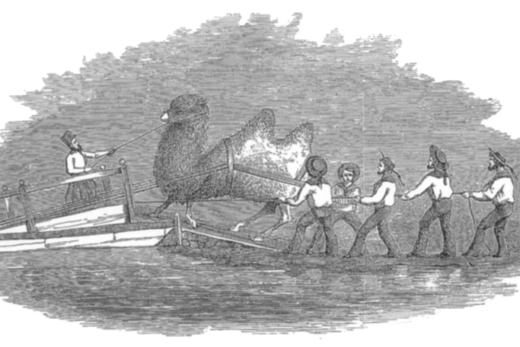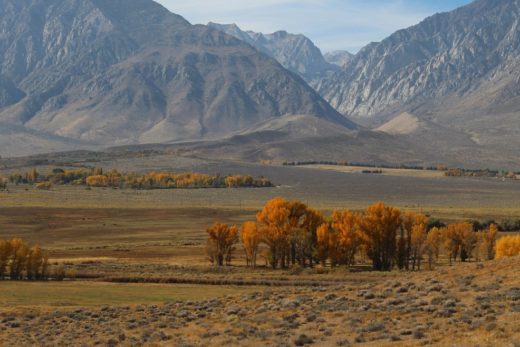
In our publication, we have examined how California’s wild economic roller coaster can quickly create individual and geographic winners and losers. Likewise, the economic and geographic distances between the wealthy and working classes have also become more noticeable as the middle class has shrunk during the last few decades. These trends have fueled astonishing transformations in our cultures and human landscapes. Particularly within the state’s largest coastal metropolitan areas, many neighborhoods have experienced a kind of gentrification on steroids.
Our book’s “There Goes the Neighborhood” special section focuses on these trends. You can see the results in places like San Francisco’s Fillmore and Hayes Valley, much of Berkeley and Oakland, and in and near downtown Santa Ana and Long Beach. Near downtown San Diego, gentrification has already done its work around the Gas Lamp and in North Park and Hillcrest and in other neighborhoods near Balboa Park. As similar powerful forces spread into Barrio Logan and City Heights, familiar backlashes of resistance are championed by locals who work to support small businesses and keep their cultures intact. Lively debates often turn contentious as residents struggle to define their multicultural communities and help determine who can afford to live where.
Silver Lake in Los Angeles is a poster child for debates and research about the good and bad of gentrification. Regardless of the sides you choose, it has already happened there and most researchers agree that it will intensify at least in the short term. This is a hilly neighborhood north of downtown L.A. and not far from Koreatown, Los Feliz, Dodger Stadium, and an adjacent Echo Park that is now following Silver Lake’s footsteps along the path to gentrification. Many observers agree that Silver Lake is already there, citing how almost all of the working-class families that populated this neighborhood just a couple of decades ago have been priced out. Who and what has replaced those mostly lower-skill, lower-wage people, many who were forced to move farther away from the service and construction jobs that hold this city together?
The new arrivals are often well-educated, higher-income professionals who can afford to buy expensive fixers and then spend hundreds of thousands of dollars designing them into their castles. They are also young professionals who are waiting to buy or are not interested in the responsibilities and obligations that accompany ownership, but willing to pay exorbitant rents to live cosmopolitan lifestyles that include shorter commutes. Yesterday’s YUPPIES have already evolved into a new generation of hipsters living as singles, couples, or small, young families with lots of disposable income. They want culture and are willing and able to pay for it. In Silver Lake, that translated into median home values of more than $1.1 million by 2018, 14% higher than the year before and about double the prices from just six years earlier. Median rent soared to over $3,900/month by 2018, also higher than the L.A. average.
The trendy restaurants, juice and other bars, and specialty shops that decorate Sunset between downtown and Hollywood are clear signs: this is what gentrification looks like in California. And it may be coming to a neighborhood or business district near you.






